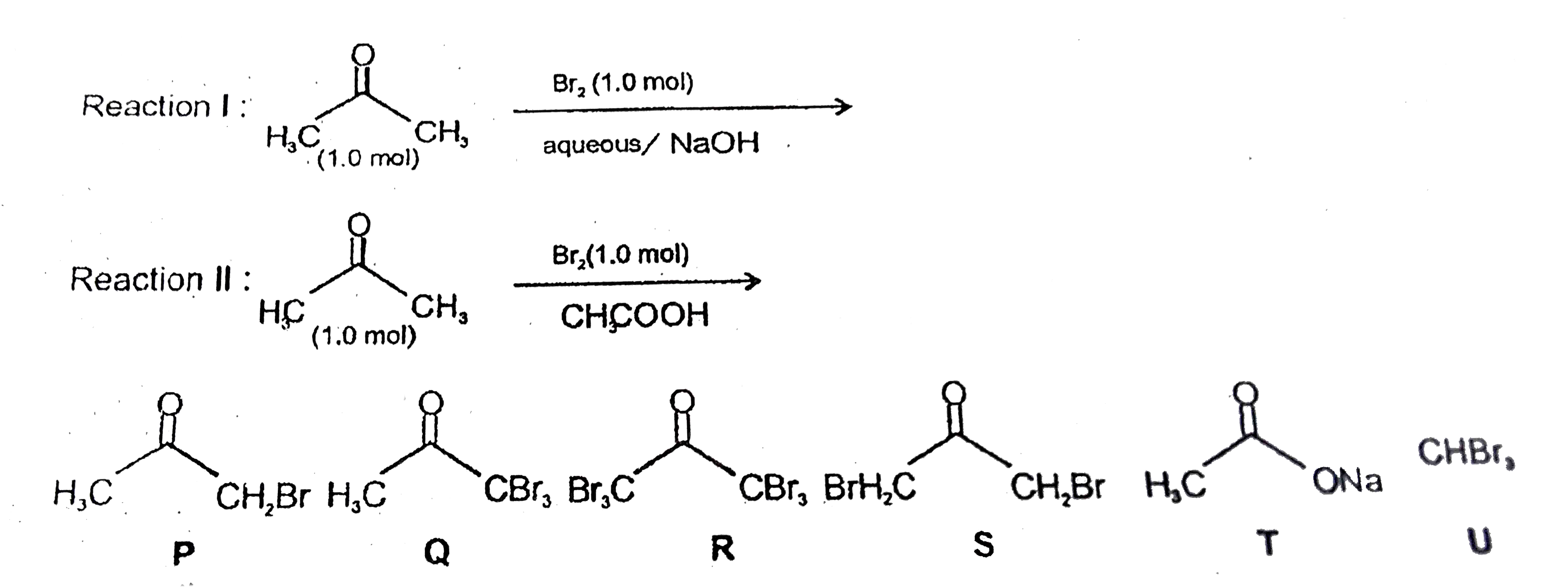Distinguish between esterification and saponification reactions of organic compounds with the help of the chemical equation for each. Write one use of (i) esters and (ii) saponification process?
Step-by-Step Solution
1. Definition of Esterification:
Esterification is a chemical reaction that involves the formation of an ester from a carboxylic acid and an alcohol. This reaction typically occurs in the presence of an acid catalyst.
2. Chemical Equation for Esterification:
For example, when acetic acid (CH₃COOH) reacts with ethanol (C₂H₅OH) in the presence of an acid, it produces ethyl acetate (CH₃COOC₂H₅) and water (H₂O).
CH3COOH+C2H5OHH+−−→CH3COOC2H5+H2O
3. Definition of Saponification:
Saponification is the process in which an ester reacts with an alkali (usually sodium hydroxide or potassium hydroxide) to produce soap and alcohol. This reaction is essentially the hydrolysis of the ester.
4. Chemical Equation for Saponification:
For example, when ethyl acetate (CH₃COOC₂H₅) reacts with sodium hydroxide (NaOH), it produces sodium acetate (CH₃COONa) and ethanol (C₂H₅OH).
CH3COOC2H5+NaOH→CH3COONa+C2H5OH
5. Uses of Esters:
Esters are commonly used in the production of perfumes and cosmetics due to their pleasant smell.
6. Uses of Saponification:
The saponification process is used in the manufacture of soap, which can also be utilized in fire extinguishing, as soap can help reduce the flammability of certain oils.
Esterification is a chemical reaction that involves the formation of an ester from a carboxylic acid and an alcohol. This reaction typically occurs in the presence of an acid catalyst.
For example, when acetic acid (CH₃COOH) reacts with ethanol (C₂H₅OH) in the presence of an acid, it produces ethyl acetate (CH₃COOC₂H₅) and water (H₂O).
CH3COOH+C2H5OHH+−−→CH3COOC2H5+H2O
Saponification is the process in which an ester reacts with an alkali (usually sodium hydroxide or potassium hydroxide) to produce soap and alcohol. This reaction is essentially the hydrolysis of the ester.
For example, when ethyl acetate (CH₃COOC₂H₅) reacts with sodium hydroxide (NaOH), it produces sodium acetate (CH₃COONa) and ethanol (C₂H₅OH).
CH3COOC2H5+NaOH→CH3COONa+C2H5OH
Esters are commonly used in the production of perfumes and cosmetics due to their pleasant smell.
The saponification process is used in the manufacture of soap, which can also be utilized in fire extinguishing, as soap can help reduce the flammability of certain oils.
Similar Questions
(a) Distingusih between esterfication and saponification reactions with the help of chemical equations for each.
(b) With a labelled digaram describle in brief an acitivity to show the formation of an ester.View SolutionWrite one chemical equation for each, to illustrate the following reactions:
Cannizzaro reaction.View SolutionWrite the chemical equation for the reaction occuring between methane and chlorine.
View SolutionWrite balanced chemical equations for each of the following :
Reaction of iron with chlorineView SolutionWrite chemical equation to prepare
(i) Nylon-6 (ii) Nylon-66View SolutionWrite one chemical equation for each, to illustrate the following reactions:
Rosenmund reductionView SolutionDefine acids. Explain two chemical properties of an acid and write the chemical equation for one example of each property.
View SolutionWrite chemical equations to illustrate the following name reactions :
Esterification reactionView SolutionGiving a chemical equation for each, illustrate the following processes :
(i) Acetlyation
(ii) DecarboxylationView SolutionAfter completion of the reactions (I and II) , the organic compounds (s) in the reaction mixtures is :
 View Solution
View Solution

